Deciphering the Ankh: Spiritual Symbolism and Historical Reverence
The Ankh symbol, recognized by its looped top and T-shaped structure, has fascinated scholars and spiritual seekers for centuries. This article aims to unravel the intricate layers of the Ankh, providing a comprehensive understanding of its historical significance and enduring spiritual influence.
In the crossroads where spirituality and history intersect, the Ankh stands as a venerable symbol, carrying within its design the echoes of ancient civilizations, spiritual doctrines, and a reservoir of cultural richness.
Table of Contents
- 1 Deciphering the Ankh: Spiritual Symbolism and Historical Reverence
- 2 Key Takeaways
- 3 Psychological Perspectives on Symbol Interpretation
- 4 The Ankh in Modern-Day Contexts
- 5 Bridging Spirituality and Psychology: The Ankh’s Comprehensive Impact
- 6 FAQs
- 7 References
- 8 Deep Blue Mystique: Why a Lapis Stone Necklace Is Your New Must-Have
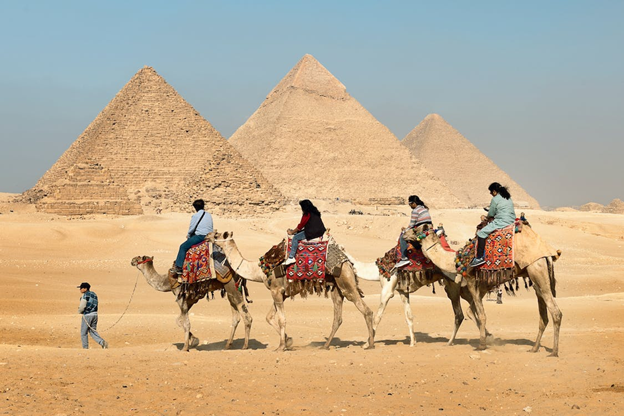
Key Takeaways
- The Ankh’s origins in ancient Egypt, where it was synonymous with life and immortality, and its ubiquitous presence in tomb paintings and scriptures.
- Beyond its historical roots, the Ankh has evolved into a powerful spiritual emblem, embodying the intersection of earthly existence and the eternal.
- The Ankh also holds psychological significance, offering insights into the human fascination with symbols and their power to affect our subconscious.
- This symbol’s relevance in today’s cultural milieu, showcasing its timeless appeal and adaptability.

Historical Roots and Evolution of the Ankh
The Ankh has traveled through time, evolving in meaning while retaining its core representation of life and immortality. Here we trace its trajectory from ancient carvings to a modern symbol.
- Ancient Egypt and the Ankh: Initially, the Ankh appeared in the iconography of ancient Egypt, associated closely with the gods and the pharaohs, symbolizing their divine authority to give life or take it away.
- Divine Authority: In art and culture, the Ankh was often depicted being offered to the king’s nose, granting the breath of life, signifying its divine and life-giving properties.
- Adoption and Transformation: As civilizations interacted through conquests and trade, the Ankh’s symbolism was adopted and adapted by various cultures, often melding its meaning with local spiritual beliefs.
- Cross-Cultural Syncretism: The way the Ankh was synthesized with Christian cross forms, especially the crux ansata in Coptic Christianity, indicating its malleability as a spiritual icon.
- The Ankh’s Historical Journey: A look at how the Ankh’s representation has changed through history, reflecting broader shifts in religious and cultural landscapes.
- Symbolic Shifts: The transition of the Ankh from a pagan symbol to one embraced within Christian iconography, demonstrating its dynamic interpretive history.

Spiritual Interpretations Across Different Cultures
The Ankh’s journey across continents and epochs has led to a rich tapestry of interpretations, reflecting the cultural mores and spiritual ideologies of various societies.
- Egyptian Spiritualism: In Egyptian culture, the Ankh represented the key to the afterlife, an emblem of enduring significance throughout dynastic changes and religious shifts.
- Afterlife Key: The Ankh’s role as a talisman for the deceased, ensuring their survival beyond death in the Egyptian tradition.
- Global Spiritual Beliefs: From Egyptian sands to contemporary spirituality, the Ankh has been reinterpreted to symbolize spiritual concepts of vitality, divinity, and enlightenment.
- Universal Life Force: Its adoption by new age movements as a symbol of the universal life force and spiritual awakening, echoing the Ankh’s life-affirming origins.
- Cultural Adaptations: The Ankh’s symbolism in various cultural contexts, from African diasporic traditions to its use in neo-paganism.
- Diasporic Symbolism: The Ankh’s significance in African diasporic cultures as a connection to ancestral heritage and a symbol of cultural resilience.
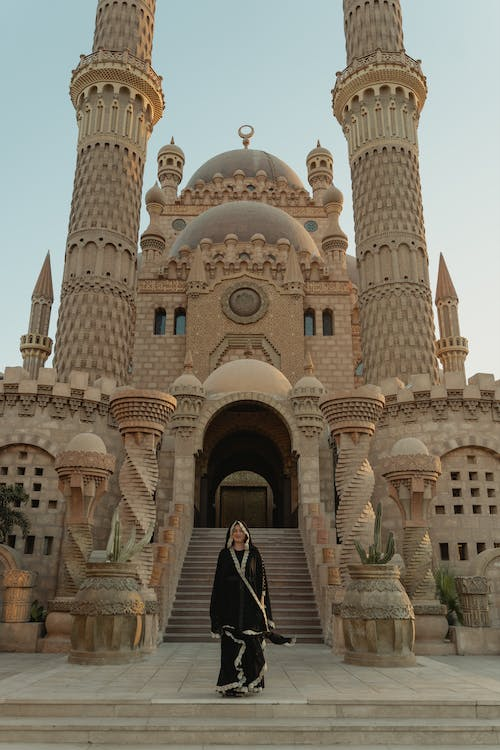
Psychological Perspectives on Symbol Interpretation
The allure of symbols like the Ankh extends beyond their visual appeal, tapping into the psychological underpinnings of human cognition and emotion. The psychological analysis of symbols reveals much about our collective subconscious and individual identities.
- Cognitive Symbolism: The ways in which symbols serve as cognitive shortcuts, allowing for complex concepts to be communicated and understood rapidly.
- Mental Anchors: The Ankh acts as a mental anchor, enabling the complex ideas of life, death, and spiritual continuity to be comprehended at an intuitive level.
- Emotional Connectivity: How symbols evoke emotional responses, engendering a sense of connection and continuity across time and space.
- Emotive Trigger: The emotional charge carried by the Ankh, which can trigger a range of responses from reverence to a deep sense of peace.
- Behavioral Influence: The influence of symbols on human behavior and decision-making, shaping actions and societal norms.
- Symbolic Motivation: The Ankh’s potential to motivate behavior, often seen in its use as a decorative motif that seeks to inspire or protect.
- Identity and the Self: Symbols like the Ankh play a critical role in the formation and expression of personal and collective identities.
- Icon of Identity: The use of the Ankh as a personal talisman or a cultural emblem, reflecting its capacity to represent individual and group identity.
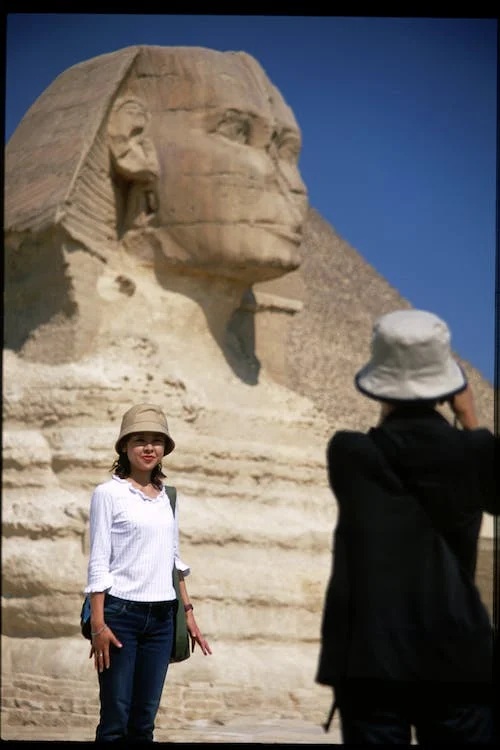
Symbols and the Mind: A Psychodynamic Exploration
In the psychodynamic exploration, symbols like the Ankh unveil their powerful psyches, interacting with human minds, engaging with emotions, and weaving influences across various psychological dimensions. It becomes an architect, contributing to the construction, organization, and adornment of mental landscapes and psychological structures.
- Archetypal Imagery: The Ankh, like many enduring symbols, taps into Carl Jung’s concept of archetypes, representing a universal motif that resonates at a deep subconscious level.
- Universal Resonance: The archetypal nature of the Ankh as a key of life, which speaks to an innate and collective understanding of vitality and continuity.
- Subconscious Influence: The impact of the Ankh on the subconscious mind, influencing dreams, meditations, and even driving certain behaviors.
- Dream Symbolism: The Ankh’s occurrence in dreams as an omen or guide, indicative of its penetration into the subconscious realm.
- Symbolic Healing: The therapeutic potential of symbols, where the Ankh can be used in psychological healing practices such as dream therapy and art therapy.
- Healing Iconography: The Ankh in therapeutic settings, where it may be employed to foster healing and personal growth through its symbolic representation of life and regeneration.
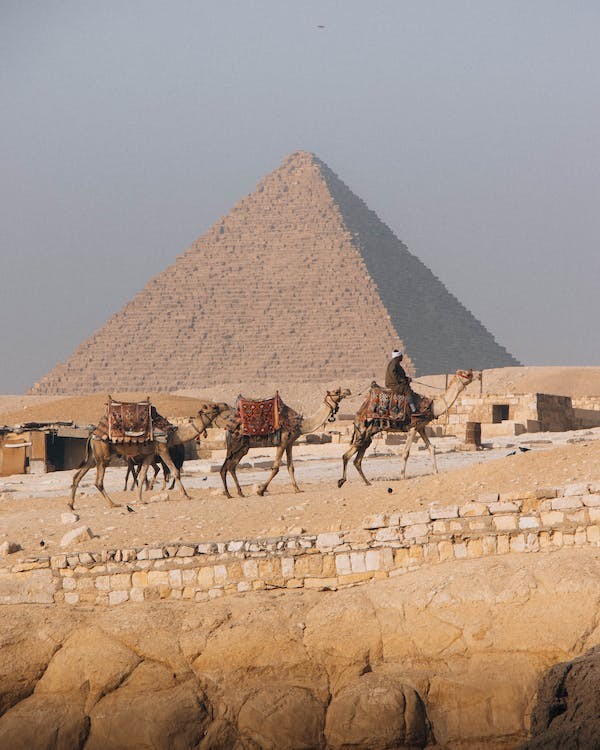
Influence on Identity and Consciousness
The power of symbols to shape consciousness and identity is particularly evident in the case of the Ankh, which serves as a bridge between the personal and the collective, the historical and the contemporary.
- Personal Symbolism: The Ankh’s role in the development of personal identity, serving as a mirror for reflecting individual beliefs and values.
- Reflective Identity: The personal adoption of the Ankh as a symbol of one’s own journey towards understanding the mysteries of life and the connection to a larger existence.
- Collective Consciousness: The collective dimensions of symbols, where the Ankh represents shared values and connections within communities.
- Community Emblem: The Ankh’s ability to act as a communal emblem, fostering a sense of unity and shared spiritual heritage among its bearers.
- Historical Continuity: The continuity the Ankh provides, linking individuals to a rich historical past and contributing to a collective memory.
- Temporal Bridge: The Ankh as a temporal bridge, connecting current generations with ancient wisdom and the lineage of human spirituality.
- Cultural Influence: The extent to which the Ankh influences cultural expressions and is influenced by them, in a reciprocal relationship.
- Cultural Echo: The Ankh as an echo of cultural identity, resonating with the rhythms of society’s evolving spiritual and psychological landscape.

The Ankh in Modern-Day Contexts
The Ankh’s journey from ancient artifact to contemporary icon is marked by its versatile adaptability to various domains, including art, fashion, and media. Its modern-day manifestations continue to reflect its ancient legacy while being imbued with contemporary significance.
- Fashion and Style: The integration of the Ankh in fashion, where it serves as both a decorative element and a statement of identity.
- Style Icon: The Ankh’s resurgence in jewelry and apparel, often associated with countercultural movements and identity politics.
- Popular Culture: The Ankh’s appearances in films, literature, and music, where it often connotes mystery, exoticism, or historical depth.
- Pop Culture Cameo: The symbolic presence of the Ankh in popular media, acting as a shorthand for ancient wisdom or mystical knowledge.
- Artistic Expressions: The artistic reinterpretations of the Ankh, which highlight its aesthetic value and its capacity to inspire creativity.
- Creative Muse: The Ankh’s role as a muse in art, inspiring artworks that range from traditional to avant-garde, reflecting the symbol’s versatility and enduring visual appeal.
- Digital Age Symbolism: The reinvention of the Ankh in the digital age, where it takes on new forms and meanings, often as a symbol in virtual communities or online movements.
- Cyber Icon: The adaptation of the Ankh within digital spaces, exemplifying its fluidity as a symbol and its ability to transcend physical boundaries.
Bridging Spirituality and Psychology: The Ankh’s Comprehensive Impact
Creating bridges between spirituality and psychology, the Ankh unveils its comprehensive impacts, interlinking the realms of divine beliefs with human minds, emotions, and behaviors. It becomes a connector, a bridge that facilitates the flows, interactions, and integrations between spiritual beliefs and psychological experiences and expressions.
- Shared Pathways: The roads where spirituality and psychology meet, intersect, and journey together, facilitated by symbols like the Ankh.
- Harmonizing Influences: Tales of harmony, where the Ankh helps in weaving tapes of psychological wellness, spiritual richness, and integrated experiences and expressions.
- Facilitator of Growth and Understanding: Its roles as a facilitator that nurtures growth, understanding, and the harmonious blossoming of spiritual and psychological potentials.
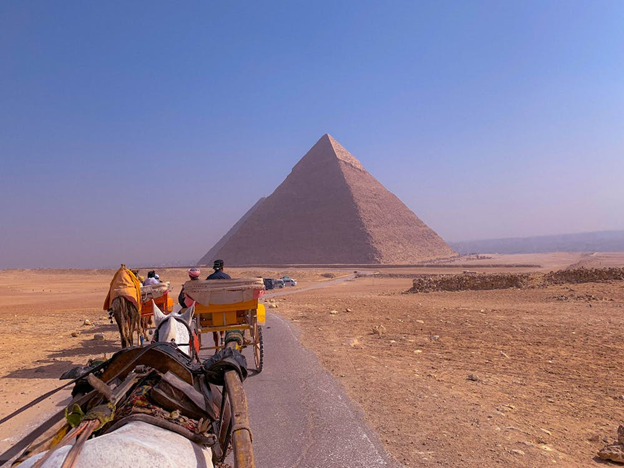
FAQs
Is the Ankh a religious symbol?
While the Ankh originated in ancient Egyptian religion, it has been adopted by various cultures and spiritual practices over time, including Christianity (especially Coptic Christianity), New Age spirituality, and various African traditional religions.
Can the Ankh be considered a symbol of feminism or female empowerment?
Some interpretations of the Ankh connect it to the feminine because of its association with Isis, the Egyptian goddess of life and magic. In some modern contexts, it is indeed used to symbolize female empowerment or the life-giving power of women.
How is the Ankh used in modern spirituality?
In modern spirituality, the Ankh is often used as a talisman for protection, a symbol for meditation practices, or as an emblem representing knowledge of the mystical and the esoteric.

What is the significance of the Ankh in meditation and energy work?
During meditation and energy work, the Ankh is sometimes used as a visual aid or a conceptual symbol to focus on the flow of life energy, to facilitate spiritual insights, and to connect with the divine.
Does the Ankh have any psychological implications?
Yes, psychologically, the Ankh can be seen as a symbol that helps individuals connect with a sense of life continuity, spiritual unity, and personal identity. It can also be a tool for psychological healing and growth, tapping into archetypal energies and the subconscious.
Are there any popular cultural references to the Ankh?
The Ankh has been referenced in various movies, books, video games, and TV shows, often to add an element of ancient mysticism or to represent eternal life or knowledge.
References
Budge, E.A.W. (1967). The Egyptian Book of the Dead. Dover Publications.
Hill, J. (2010). Ancient Egypt Online. [Online] Available at: https://www.ancientegyptonline.co.uk
Leave a Reply